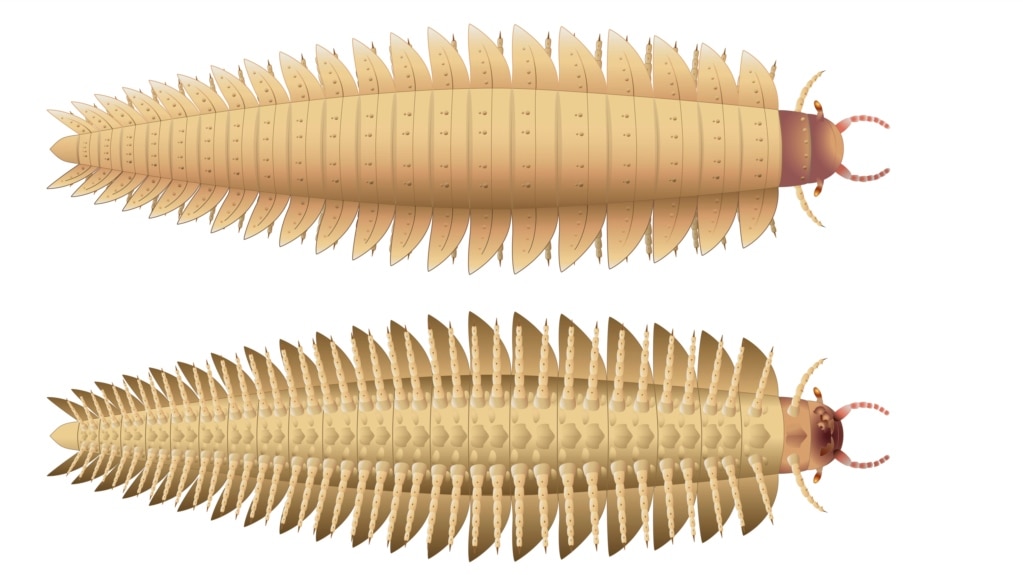The largest bug to ever live was about 2.6 meters long and had many legs. However, the look and shape of its head remained a mystery until now.
The fossils of these creatures are often headless shells. When bugs drop their shells, a process called shedding, they move out of the head opening, leaving behind their exoskeleton but very little of the head.
Recently, scientists solved that mystery by re-creating the creature’s head. They were able to do this after studying complete and well-kept fossils of younger bugs. The researchers published the new findings on October 10 in Science Advances.
What did the heads look like?
The huge bug’s head was round with two short bell-shaped antennae. It had two eyes that stuck out like crab’s eyes. Its mouth was fairly small and made for eating leaves and the outer covering of trees.
Its name is Arthropleura. This bug belonged to a group of crabs, spiders and insects called arthropods. But the bug was much, much bigger. It could grow as big as 2.6 meters and weigh as much as 50 kilograms.
The co-writer of the study is Mickael Lheritier. He is a paleobiologist at the University Claude Bernard Lyon in Villeurbanne, France. He said, “We discovered that it had the body of a millipede, but head of a centipede."
This large Arthropleura may have been the biggest bug to ever live. Although, not all scientists agree. Some say Arthropleura may be a close second to an extinct giant sea scorpion.
Researchers in Europe and North America have been collecting pieces and footprints of the huge bugs since the late 1800s.
“We have been wanting to see what the head of this animal looked like for a really long time,” said James Lamsdell. He is a paleobiologist at West Virginia University and was not involved in the study.
To produce a model of the head, researchers first used CT scans to study full-body fossils of younger bugs. These fossils were found in a French coal field in the 1980s.
This method permitted researchers to look closely for “hidden details like bits of the head” still in the rock without hurting the fossil, Lamsdell said.
The fossils are easily broken. He added that when you dig in the rock to remove the fossil, you do not know what part of the fossil “may have been lost or damaged.”
The fossils of younger bugs only measured about 6 centimeters. And it is possible they were a kind of Arthropleura that did not grow to a really large size.
But still, researchers said they are close enough to the huge Arthropleura to provide a picture of what adults looked like when they were alive 300 million years ago.
I’m Anna Matteo.

